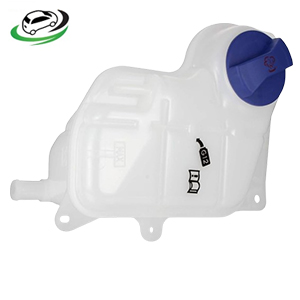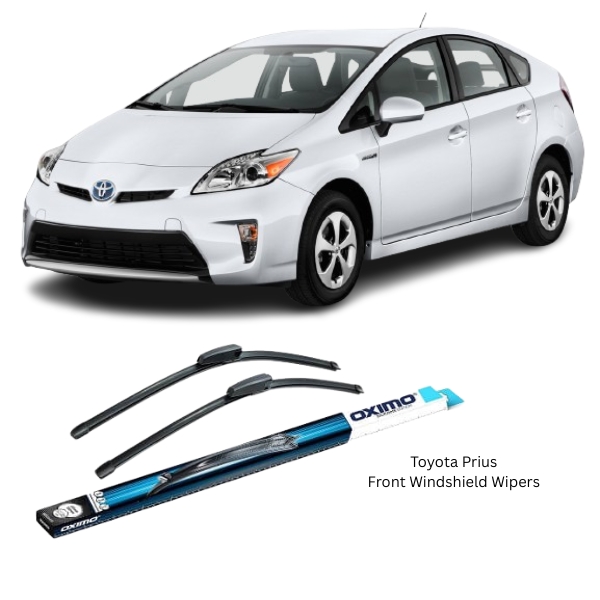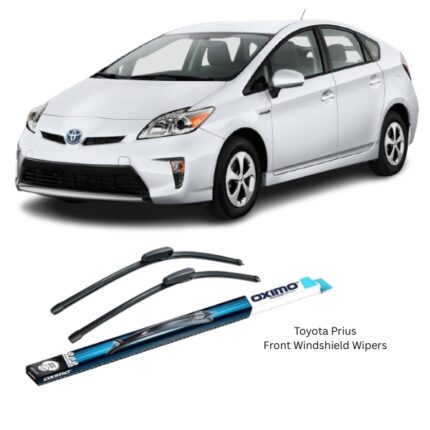Get Toyota Prius Windshield Wiper Blades (Oximo) in Kenya
Windshield wiper blades are one of the most essential yet often overlooked safety components of a vehicle. Their primary purpose is to ensure clear visibility by removing rain, snow, dust, mud, and other debris from the windshield surface. While they may appear as simple rubber strips attached to a metal or composite frame, wiper blades are engineered with precision to provide smooth, streak-free performance in varying weather conditions. Understanding their design, material composition, performance characteristics, and maintenance requirements highlights their importance in everyday driving safety and comfort.
Structure and Design
A windshield wiper blade consists of several key parts that work together to deliver consistent wiping performance:
-
Frame or Beam Assembly – The structural body that holds the wiping element. Traditional blades have a metal or plastic frame with multiple contact points, while modern beam blades use a single curved piece that evenly distributes pressure across the windshield.
-
Wiping Element (Rubber or Silicone Edge) – The critical part that comes into direct contact with the glass surface. It is usually made from natural rubber, synthetic rubber, or silicone compounds. This element flexes back and forth, maintaining close contact with the windshield to clear away water and debris.
-
Connector or Adapter – The mechanism that attaches the wiper blade to the wiper arm. Various designs exist to fit different wiper arms, including hook-style, pin-type, and side-lock connectors.
-
Tension Springs or Flexors – Integrated into the blade design, these ensure that consistent pressure is applied across the entire length of the blade, preventing streaking and missed spots.
Types of Windshield Wiper Blades
There are several different categories of wiper blades, each with unique advantages:
-
Conventional Frame Blades – The most common design featuring a metal or plastic frame with pivoting links. They are affordable and widely available but may struggle with uneven pressure distribution in extreme weather.
-
Beam Blades (Flat Blades) – Sleek, frameless blades that use a flexible rubber or silicone strip. They offer superior aerodynamics, quieter operation, and even pressure distribution, making them more efficient in heavy rain and snow.
-
Hybrid Blades – A combination of traditional frame and beam blade designs. They feature a protective aerodynamic shell while still having a supporting frame for durability and improved performance.
-
Winter Blades – Specially designed with protective rubber coverings to prevent ice buildup and maintain flexibility in freezing temperatures.
-
Rear Window Blades – Smaller blades installed on rear windshields, often on hatchbacks, SUVs, and wagons, providing rearward visibility.
Materials Used in Wiper Blades
The performance and durability of wiper blades depend heavily on the materials used:
-
Natural Rubber – Provides excellent wiping ability and flexibility but tends to degrade faster under UV exposure and extreme temperatures.
-
Synthetic Rubber (EPDM, SBR) – More resistant to weathering, ozone, and chemicals, offering longer service life.
-
Silicone Rubber – Known for superior durability, resistance to cracking, and smooth wiping action. Silicone also helps deposit a thin water-repellent layer on the glass for enhanced visibility.
-
Composite Frames – Lightweight metals or polymers are used to create durable, corrosion-resistant frames that withstand weather extremes.
Performance Characteristics
A good wiper blade must maintain reliable contact with the windshield under different driving conditions. The main performance factors include:
-
Streak-Free Wiping – Effective blades clear water, snow, or dirt without leaving streaks that obstruct vision.
-
Quiet Operation – Quality blades minimize chattering, squeaking, or skipping across the glass.
-
Durability – Wiper blades should resist UV rays, ozone, dirt buildup, and temperature extremes to maintain performance over time.
-
Aerodynamics – Modern beam and hybrid blades are designed to reduce drag and lift at high speeds, ensuring consistent contact with the windshield.
-
All-Weather Functionality – Blades must remain flexible in freezing conditions and firm enough in heat to provide reliable performance year-round.
Importance of Windshield Wiper Blades
Though small, wiper blades play a critical role in road safety. Drivers rely on them to maintain clear vision during adverse weather conditions, preventing accidents caused by impaired visibility. Poorly functioning blades can smear water, leave blind spots, or fail to clear debris, significantly increasing the risk of collisions. For this reason, wiper blades are considered a primary safety component, on par with brakes, headlights, and tires.
Maintenance and Replacement
Wiper blades wear down over time due to continuous friction, UV exposure, dust, and environmental elements. Signs that blades need replacement include:
-
Streaking or smearing on the windshield.
-
Chattering or squeaking noises during operation.
-
Cracks, splits, or deformities in the rubber edge.
-
Uneven wiping or missed spots on the glass.
Industry experts recommend replacing wiper blades every 6 to 12 months, depending on climate and usage. In hot, dry environments, rubber may crack sooner, while in cold, icy conditions, flexibility may diminish quickly. Regular inspection ensures timely replacement before visibility is compromised.
Installation and Compatibility
Most modern wiper blades are designed with universal adapters to fit a wide variety of wiper arms. Installation typically involves removing the old blade by releasing its connector and snapping the new one into place. Some vehicles may require specific adapter types, so selecting blades that match the vehicle’s arm design ensures proper fitment.
Advantages of High-Quality Wiper Blades
Investing in premium wiper blades provides multiple benefits:
-
Enhanced visibility during heavy rain or snow.
-
Longer service life with durable materials.
-
Reduced noise and smoother operation.
-
Better windshield protection with even pressure distribution.
-
Improved safety for drivers and passengers.
Environmental Considerations
As wiper blades are consumable items, millions are discarded annually worldwide. Eco-conscious drivers may opt for recyclable materials or refillable wiper designs, where only the rubber insert is replaced instead of the entire blade. Some manufacturers are also developing blades with biodegradable materials to reduce environmental impact.
Follow us on Facebook for more parts.




